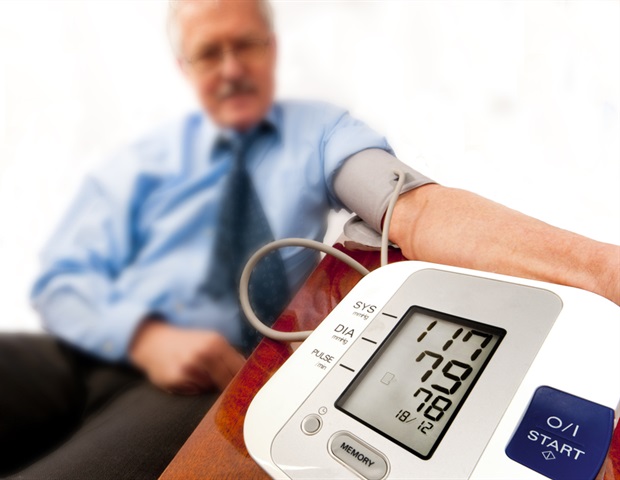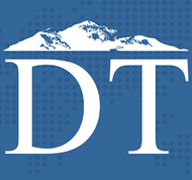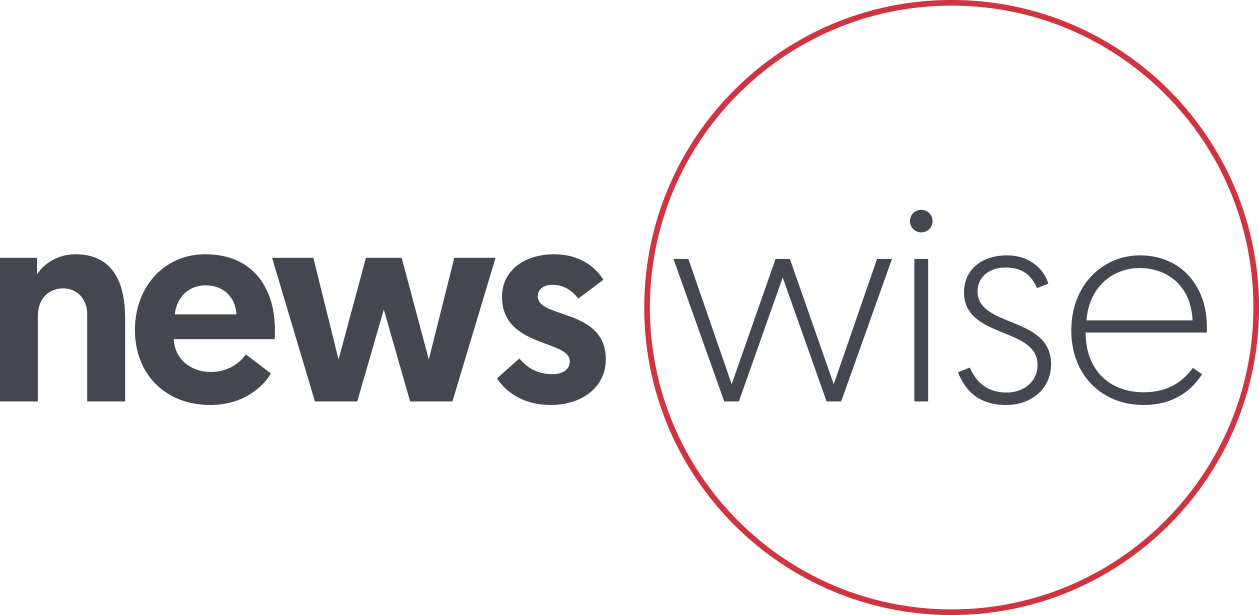- Punjab urged to focus on data for HIV prevention Dawn
- Aids spreading fast in Khyber, warn health experts Dawn
- Event held to create awareness about HIV, allied diseases The Nation (Pakistan )
- Pakistan sees 200% surge in HIV cases; WHO warns of…
Blog
-
Punjab urged to focus on data for HIV prevention – Dawn
-

China adds domestic AI chips to official procurement list for first time
Unlock the Editor’s Digest for free
Roula Khalaf, Editor of the FT, selects her favourite stories in this weekly newsletter.
China has put domestic artificial intelligence chips on an official procurement list for the first time, bolstering the nation’s tech sector ahead of US President Donald Trump’s move to allow Nvidia exports to the country.
The Ministry of Industry and Information Technology recently added AI processors from Chinese groups including Huawei and Cambricon to its government-approved list of suppliers, according to two people familiar with the matter.
The step was designed to enhance the use of domestic semiconductors in China’s public sector and could be worth billions of dollars in new sales to local chipmakers.
That move came before Trump announced on Monday he was lifting US export controls and allowing Nvidia to ship its advanced H200 chips to “approved customers in China”. However, those sales could still be hampered by opposition from some Washington lawmakers and Chinese authorities.
China’s new procurement list has not yet been made public, but several government agencies and state-owned companies have already received the guidance document, said those familiar with the matter. While they have previously been urged to support local chipmakers, it is the first time public sector groups have received written instructions.
The move is a sign of Beijing’s determination to wean the country from relying on American technology and bolster its homegrown semiconductor industry in the AI race against the US.
The Information Technology Innovation List — known as Xinchuang in Chinese — serves as guidelines for government agencies, public institutions and state-owned companies that spend billions every year procuring IT products.
The list forms part of Beijing’s strategy to reduce China’s reliance on foreign products following Washington’s export controls.
Domestic microprocessors to replace those made by AMD and Intel, as well as operating systems to substitute Microsoft’s Windows, have been added to the list in the past few years.
This has led to the gradual phasing out of foreign technology products in China’s public institutions such as government offices, schools and hospitals, as well as state-owned companies.
The move also shows confidence that domestic AI chips have reached a performance level to replace their US counterparts, following a concerted push by Beijing to focus resources on the sector over the past few years.
China recently increased subsidies that cut energy bills by up to half for some of the country’s largest data centres, in a bid to help tech giants such as Alibaba and Tencent with the higher electricity costs of using less efficient domestic semiconductors.
The push to replace Nvidia’s technology with domestic counterparts has faced some resistance from companies.
An executive from a state-owned financial institute said that while they have allocated Rmb100mn ($14mn) to buy domestic AI chips from the list this year, most of these purchased Chinese processors the group has acquired are now sitting idle.
His firm’s quantitative trading models were built based on Nvidia’s hardware, and a switch to Huawei’s processors will result in a significant amount of adaptation work, including rewriting code in a language they are not familiar with.
Such reluctance to shift to a new architecture is common in a transition phase, according to one Chinese policymaker, who added that the country needed to gain greater technological independence. “The growing pains are unavoidable,” they said. “But we have to get there.”
The MIIT did not respond to requests for comment.
Additional reporting from Cheng Leng and Ryan McMorrow in Beijing
Continue Reading
-

Sedative choice could improve outcomes for breathing tube patients
Doctors treating seriously ill patients in an emergency setting may want to give the sedative etomidate, rather than ketamine, while placing a breathing tube, according to a randomized trial published in the New England Journal of…
Continue Reading
-
Transport sector emerges as key cause of air pollution – Dawn
- Transport sector emerges as key cause of air pollution Dawn
- Emissions from transport, industry top urban polluters in Pakistan: report Dawn
- Lahore once again tops in terms of pollution The Nation (Pakistan )
- CM Maryam credits robust govt measures…
Continue Reading
-
IHC puts its own judge on notice in degree case – Dawn
- IHC puts its own judge on notice in degree case Dawn
- HEC backs KU findings in judge’s degree case Dawn
- Karachi University declares Justice Tariq’s degree invalid The Express Tribune
- Judge Tariq Mehmood Jahangiri’s law degree is fake, KU…
Continue Reading
-
Transport sector emerges as key cause of air pollution – Dawn
- Transport sector emerges as key cause of air pollution Dawn
- Lahore once again tops in terms of pollution The Nation (Pakistan )
- Pakistan releases national assessment on air pollution The Express Tribune
- CM Maryam credits robust govt measures for…
Continue Reading
-

Dengue claims 33 lives in Sindh this season
Dengue claims 33 lives in Sindh this season – Daily Times
Continue Reading
First Australian Airbus H160 order Linfox
Brisbane, Australia, 10 December 2025 – Airbus has secured the first order for its H160 helicopter in Australia, with Australia’s privately-owned logistics and supply chain enterprise, Linfox, placing the purchase. The new aircraft, which will be used for passenger transportation missions across Australia, marks Linfox’s first purchase with Airbus.
The order follows a four-week demonstration tour in Australia, during which the H160 performed over 60 flights and flew more than 2,000 kilometres across the country. This successful demo tour and subsequent order underscore the aircraft’s suitability for diverse Australian operational environments and the growing demand for the next generation of rotary-wing aircraft in the region.
“We’re excited to take delivery of the Airbus H160. It is our first aircraft with Airbus and we look forward to a long relationship with such a trusted company that has a proven record of performance, safety and reliability,” said Lindsay Fox, Founder, Linfox Group of Companies.
“We’re truly honoured by Linfox’s endorsement of the H160’s capabilities and delighted to welcome Linfox as a new Airbus Helicopters customer,” said Olivier Michalon, Executive Vice President of Global Business at Airbus Helicopters. “This first order marks an important milestone for Airbus in Australia. We look forward to seeing the H160 take flight in the country soon, delivering exceptional value, enhanced safety and efficiency to private and business missions as well as all the other missions it was designed to excel in, such as EMS, law enforcement, and other public services.”
The multi-mission H160 continues to gain momentum across the globe, supporting a wide range of missions from emergency medical services and rescue missions, to private travel and offshore operations.
The H160 is one of the world’s most technologically advanced helicopters, designed and built to deliver the highest levels of operational safety while providing unmatched comfort for rotorcraft in its class. Equipped with the Helionix avionics suite, the H160 offers intuitive flight controls, enhanced situational awareness and reduced pilot workload.
Beyond cabin ergonomics, the H160’s design reduces environmental and community impact while boosting mission performance. Its innovative Blue Edge main rotor blades and canted Fenestron tail rotor cut perceived sound by up to 50% compared to conventional designs.
Optimised with Safran Arrano engines, the H160 delivers 18% reduction in fuel burn. It is also certified to fly with a 50% blend of sustainable aviation fuel (SAF). With a reduced maintenance footprint and streamlined support architecture, the aircraft delivers exceptional availability and cost-efficiency for operators across sectors.
Designed to meet the demands of diverse and high-stakes missions, the H160 excels in environments where reliability and adaptability are paramount. Its expansive cabin, unobstructed visibility, and swift reconfiguration capabilities position it as a standout choice for multi-role operations.
The H160 has entered into service in Brazil, Canada, China, France, India, Japan, Korea, Malaysia, Philippines, Saudi Arabia, U.K., U.S. and many other European countries.
@AirbusHeli #H160 #makingmissionspossible
Continue Reading

Journal of Cardiac Failure December Issue Showcases Innovations in Transplant Care, Digital Therapeutics, and Global Heart Failure Treatment Strategies
Newswise — WASHINGTON, Dec. 9, 2025 — The December issue of the Journal of Cardiac Failure (JCF), now available, offers a robust lineup of original research, expert consensus, and clinical insights that explore…
Continue Reading
SpaceX Launches 10th, Final NRO Mission Of 2025
SpaceX Launches 10th, Final NRO Mission Of 2025 | Aviation Week Network